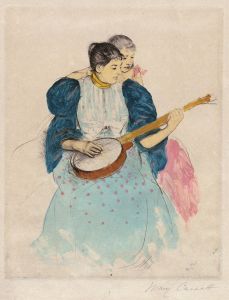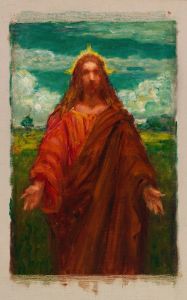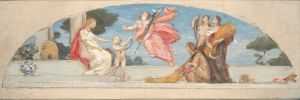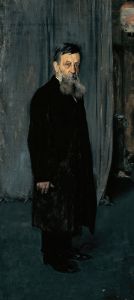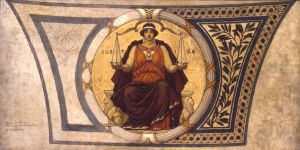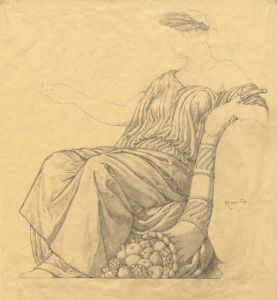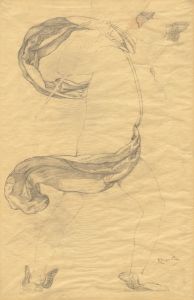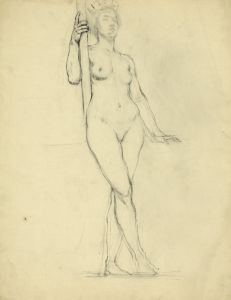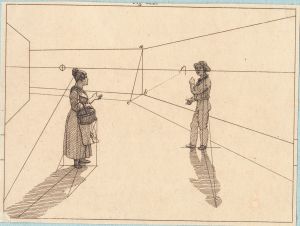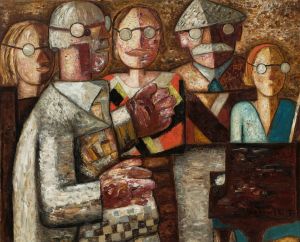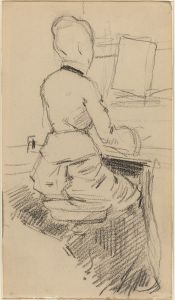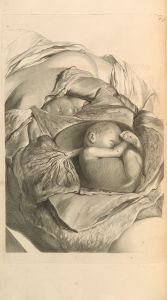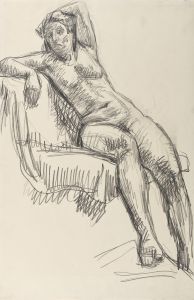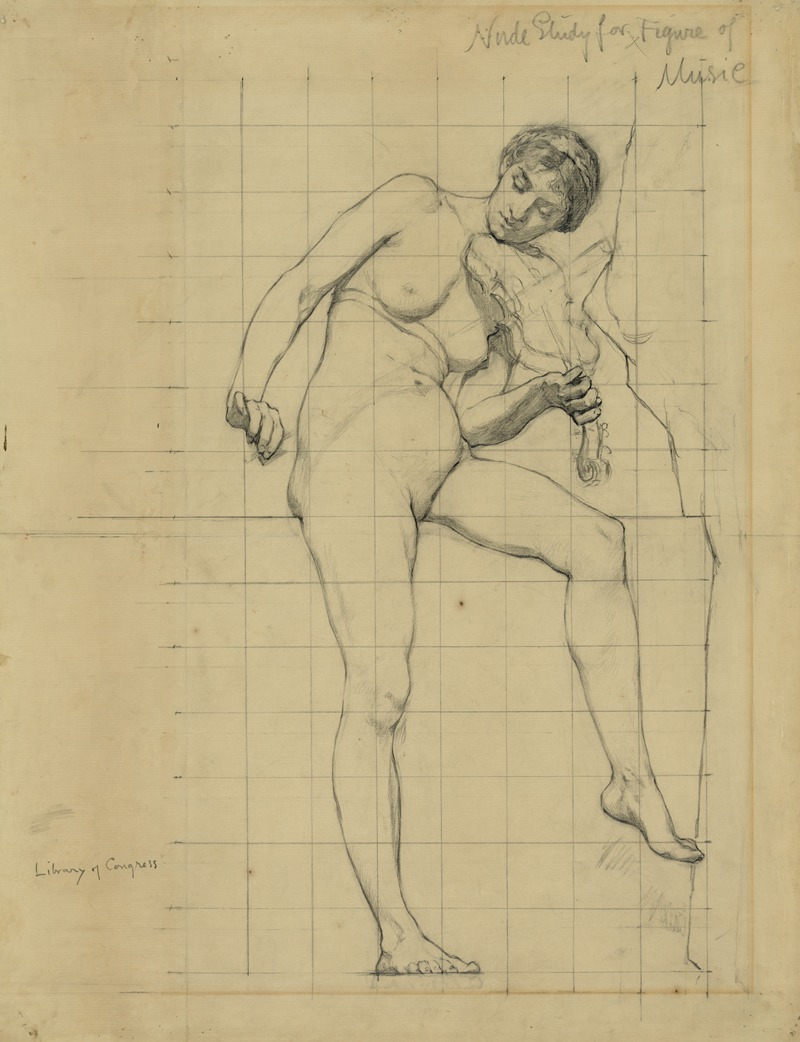
Nude study for figure of Music
A hand-painted replica of Kenyon Cox’s masterpiece Nude study for figure of Music, meticulously crafted by professional artists to capture the true essence of the original. Each piece is created with museum-quality canvas and rare mineral pigments, carefully painted by experienced artists with delicate brushstrokes and rich, layered colors to perfectly recreate the texture of the original artwork. Unlike machine-printed reproductions, this hand-painted version brings the painting to life, infused with the artist’s emotions and skill in every stroke. Whether for personal collection or home decoration, it instantly elevates the artistic atmosphere of any space.
Kenyon Cox (1856–1919) was an American painter, illustrator, muralist, and art critic, known for his academic style and his contributions to the American Renaissance movement. One of his notable works is the "Nude Study for Figure of Music," which is a preparatory study for a larger mural or painting. This study exemplifies Cox's dedication to classical themes and his skill in rendering the human form with precision and grace.
Cox was born in Warren, Ohio, and studied at the McMicken School of Design in Cincinnati before moving to Paris to continue his education at the École des Beaux-Arts. There, he trained under the guidance of renowned artists such as Jean-Léon Gérôme and Carolus-Duran, which significantly influenced his artistic style. Cox's work is characterized by its adherence to classical ideals, emphasizing harmony, balance, and beauty.
The "Nude Study for Figure of Music" reflects Cox's commitment to these principles. In this study, Cox captures the human form with meticulous attention to anatomy and proportion, showcasing his understanding of the classical tradition. The figure is depicted with a sense of poise and elegance, embodying the idealized beauty that Cox sought to achieve in his work.
This study was likely created as part of Cox's process in developing a larger composition, possibly for a mural or a series of paintings. During his career, Cox was commissioned to create numerous murals for public buildings, including state capitols and courthouses, where he often depicted allegorical figures representing various virtues and disciplines. Music, as a subject, would have fit well within this context, symbolizing harmony and the arts.
Cox's approach to the nude figure was informed by his academic training, which emphasized drawing from life and studying the works of the Old Masters. His studies often involved careful observation and numerous sketches, allowing him to refine his compositions and achieve a high level of detail and realism. The "Nude Study for Figure of Music" is a testament to this rigorous process, highlighting Cox's ability to convey both the physical and the ethereal qualities of his subjects.
Throughout his career, Cox was also an influential art critic and writer, advocating for the importance of traditional artistic values in an era that was increasingly embracing modernism. He believed in the enduring relevance of classical art and sought to uphold its standards through both his own work and his teachings. Cox's legacy is evident in his contributions to American art, particularly in the realm of public murals and his role in shaping the discourse around art in the late 19th and early 20th centuries.
The "Nude Study for Figure of Music" remains a significant example of Cox's artistic philosophy and his dedication to the classical tradition. It serves as a reminder of the artist's skill and his commitment to capturing the timeless beauty of the human form.





